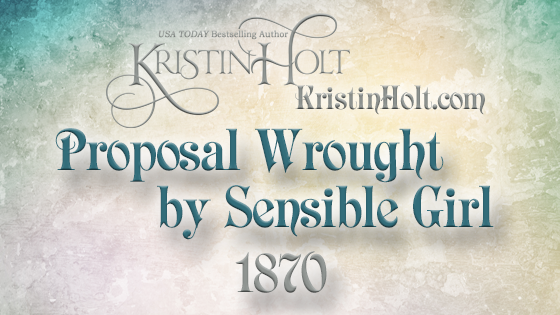
Proposal Wrought by Sensible Girl (1870)
Tale of marital success from The Osage County Chronicle, Burlingame, Kansas, January 1870.
In one simple statement, she convinced her longtime beau to propose marriage. Sensible girl, indeed!

Tale of marital success from The Osage County Chronicle, Burlingame, Kansas, January 1870.
In one simple statement, she convinced her longtime beau to propose marriage. Sensible girl, indeed!
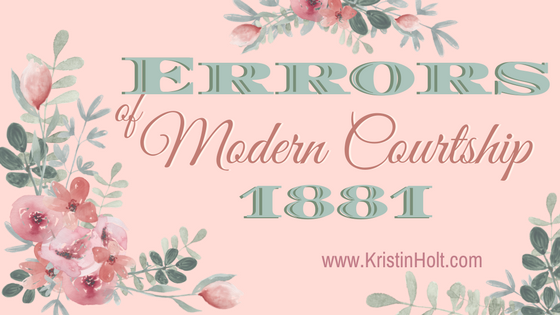
This vintage newspaper article, printed in Washington, D.C. in 1881, speaks frankly of concerns a minister has in the way young people go about courtship. Compared to today’s parents’ and grandparents’ concerns, we might draw parallel (or direct) comparisons. Much has changed, and much stays the same.
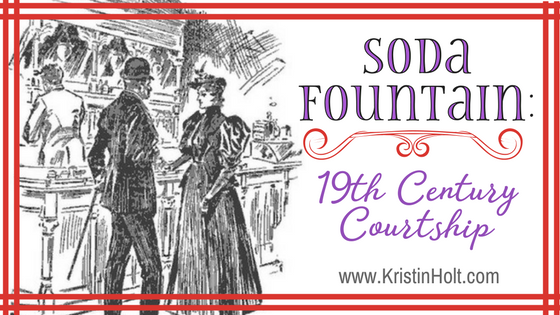
At the Turn of the 20th Century (year 1900), the Soda Fountain was a safe and socially acceptable place for men and women to meet. Courting couples could enjoy a little semi-private time tucked in the back of the drug store sipping one Coca-Cola from two straws. Come see a vintage article written about why soda fountains foster romance, and how the Soda Men must safeguard themselves against falling for lonely maiden customers. Soda Fountains remained a courtship and dating icon from the late nineteenth century through the 1950s and beyond. What was the draw?
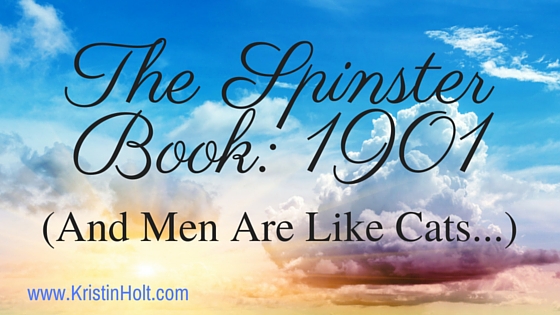
“A cross between guidebook and social commentary, The Spinster Book gives clever and humorous insights on topics such as courting, handling men and women, love letters, marriage and spinsterhood.” I share one of the book’s vignettes on men; how they compare to cats…and a most successful way (for a Victorian lady, at least) to win a man’s heart, an invitation to a live theater or opera production, and his undying adoration. The book was published in 1901. The author (Myrtle Reed)’s sense of humor shines through, and sheds more than a little light on Victorian attitudes about courtship.
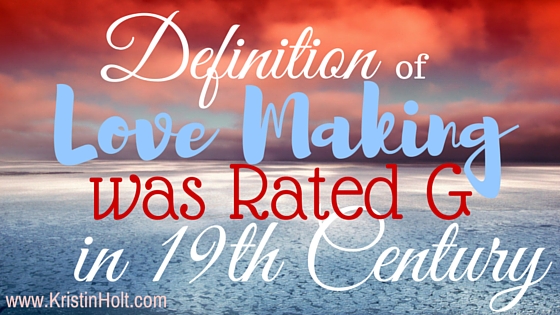
In my recent post about The Proper (and safe) Way to Terminate a Victorian American Courtship because we all know the threat of a suit of Breach of Promise was too great, a quote by the Reverend George W. Hudson in his 1883 book sounded rather scandalous. The good reverend actually said “making love”–and he didn’t mean in a sexual way. It’s essential to note that the term had a very different meaning in the 19th Century and early 20th Century than it does now.